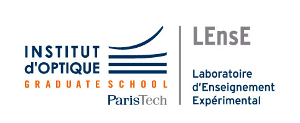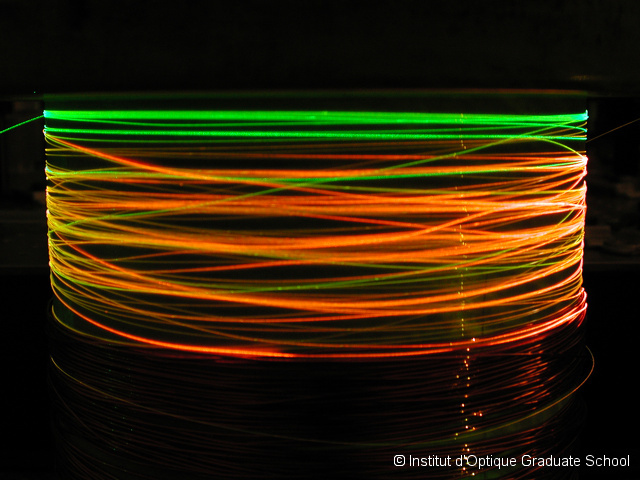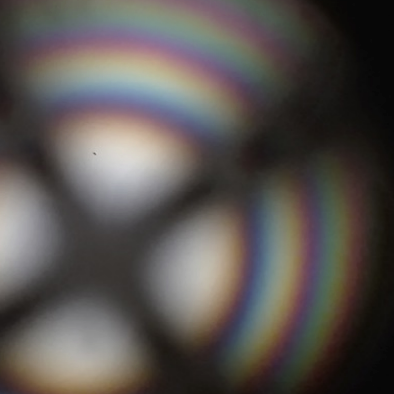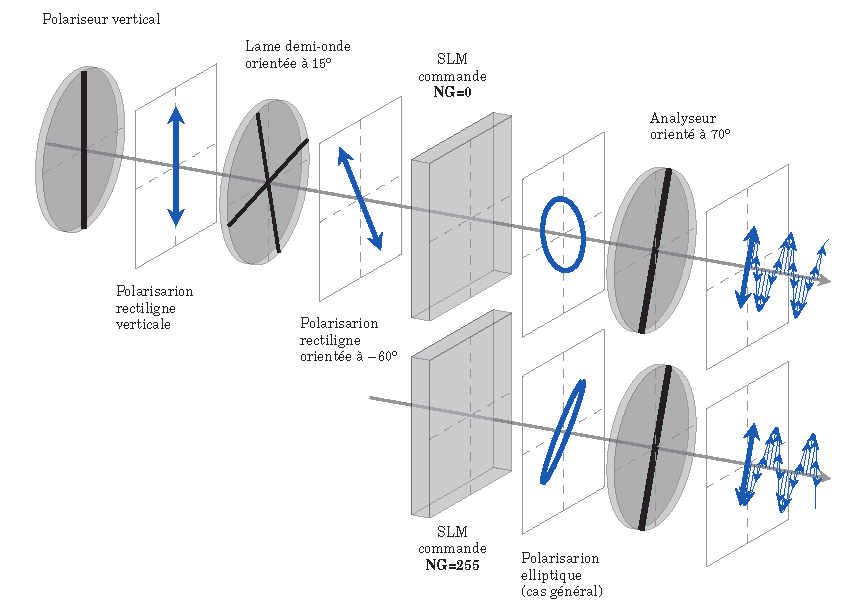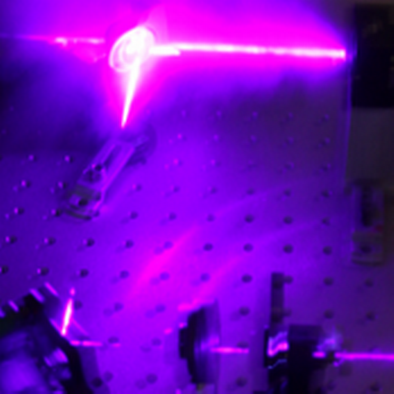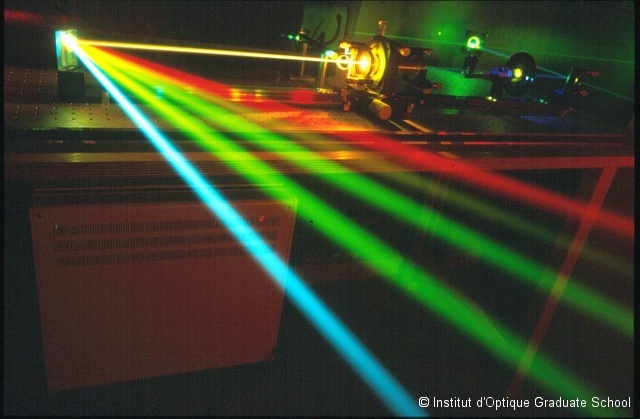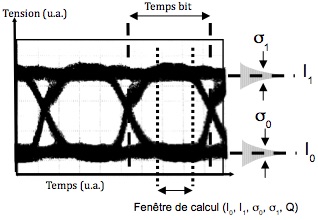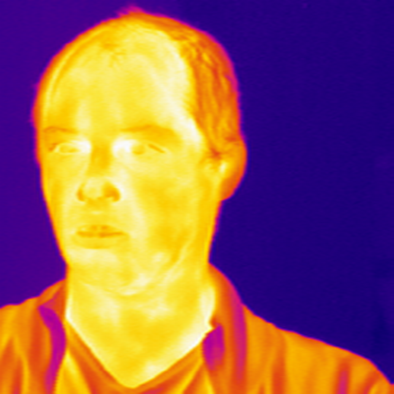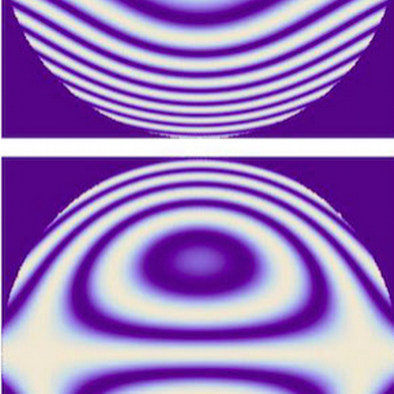IOGS: A high-level scientific education with a strong practical component
Since the creation of the Institut d’Optique Graduate School (IOGS) in 1917, future engineers in photonics are trained by emphasizing practical work.
The Experimental Teaching Laboratory (LEnsE, for Laboratoire d’ENSeignement Expérimental) has always been a major structure of the engineering school and offers remarkably strong training that contributes 25% of the total curriculum. It is an impressive structure where students have access to a large diversity of material and human resources to be able to gain the skills to become excellent experimenters recognized in their field.
Currently, the LEnsE has approximately 150 scientific experimentation stations on three sites, which enable the implementation of a rich and stimulating curriculum through experimentation. Future graduates acquire both a technical and scientific culture that allows them to be immediately operational in an industrial R&D or academic lab. Their training is enriched by the confrontation of experimental physics with advanced theoretical models. Practical work and projects are privileged moments to analyze physical phenomena in depth.
The richness of the LEnsE, built up over its long history, is based on its 80 contributors. The teachers, researchers and engineers who participate in the LEnsE education know that they can count on the support and expertise of an engineer and three technicians to launch new scientific, pedagogical and experimental adventures every year! The LEnsE is in constant interaction with research laboratories and industrial companies. The list of experiments proposed to the students evolves each year.
The subjects of the practical curriculum cover all aspects of photonics: production of light (lighting or lasers), measurement (photometry, colorimetry), detection (visible or IR detectors, matrix or not), properties (wave optics, polarization, quantum optics), manipulation (instrumental optics, optical fibers, non-linear optics), industrial application devices for telecommunications (defense, biomedical, etc.). The training program is always kept up to date, in strong relation with edge-front advances and research in all the fields of optics and photonics (quantum technologies, solid-state photonics, sustainable technologies, …) – let’s for instance point out new experiments in biophotonics that have been designed in 2020. These aspects are complemented by training in modern electronic information processing technologies.
Resources in english
Some lab texts are available in english :
